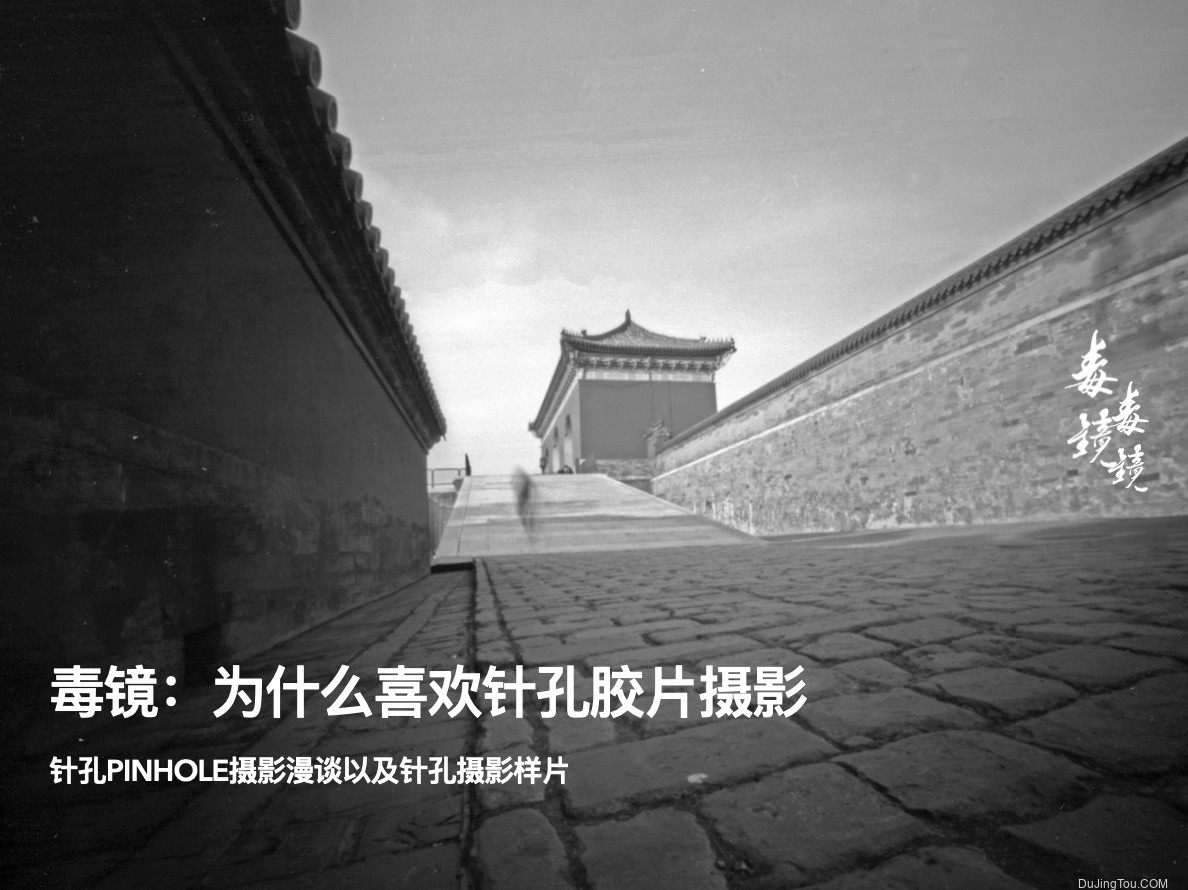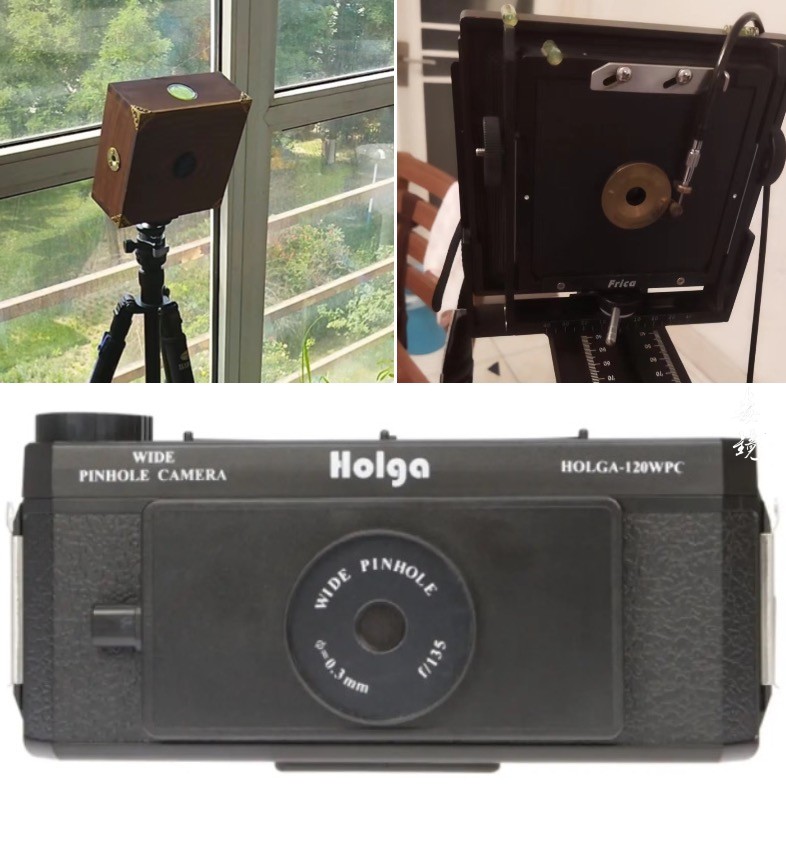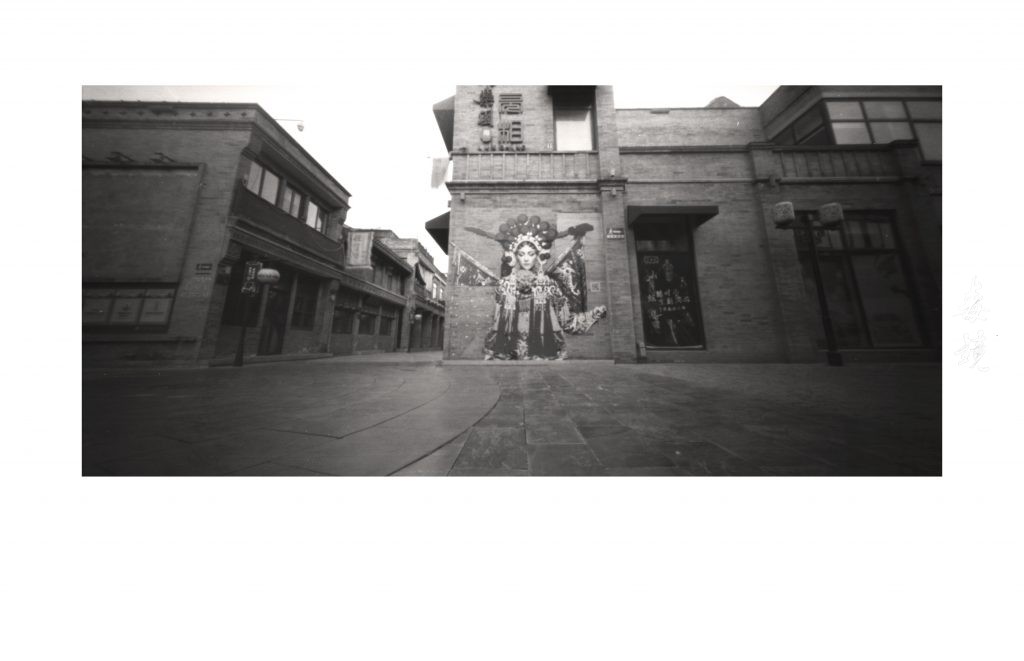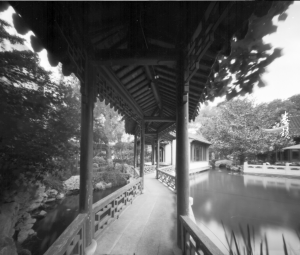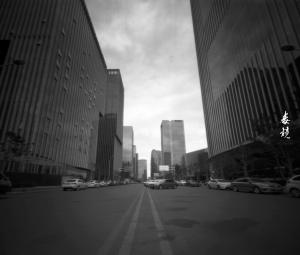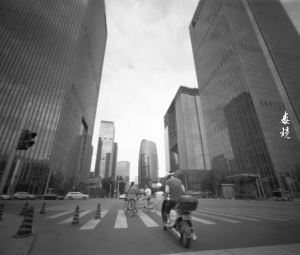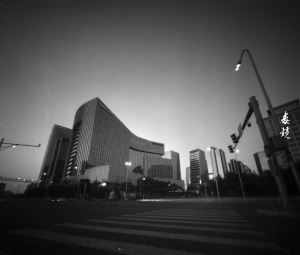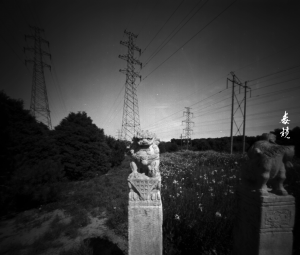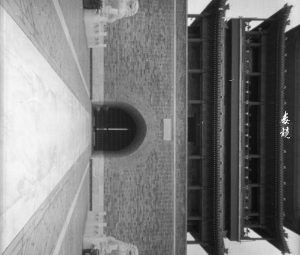pinhole camera
When it comes to pinhole cameras, the first thing that comes to mind may be candid cameras, hidden cameras in hotels, and hidden surveillance tools. The new era gives this word another image. One consequence is that it is suddenly difficult to find traditional pinhole cameras on various trading platforms. For example, you cannot easily find an old pinhole film camera in the “seafood market”, and it is blocked as a sensitive word.
I only learned about the concept of pinhole photography at the beginning of digital cameras. At that time, I used a lens cap version of the pinhole to test a few pictures, and then I felt the same as everyone now, what’s the fun, slag painting
Quality, long shooting time. Later, in the process of learning about film photography, I came into contact with large-format photography, began to discover the fun of pinhole film photography, and began to try to shoot pinhole film photography.
pinhole imaging
The principle of the pinhole camera: the principle of the straight line propagation of light, the light emitted by the object, after passing through the small hole or lens, on the focusing screen of the sealed box
Generates an inverted real image. The extremely small holes make the light of each point of the object only reach the respective image points without overlapping, so as to obtain a clear image.
The smaller the pinhole, the less light can pass through the pinhole and the lower the brightness of the image.
The earliest discoverer of the principle of pinhole imaging came from Mozi in China, and many scientists such as Aristotle in the West have studied and deepened it, and the first pinhole photo is from the Scottish scientist Sir David Brewster in 1850. One of the first people to take pinhole photos in the 1990s. He was also one of the first to use the term “pinhole” in this context, or “pinhole” with a hyphen, which he used in his 1856 book Stereoscopic. word.
And the well-known kaleidoscope was also invented by David Brewster. Sir David Brewster (11 December 1781 – 10 February 1868) was an English scientist, inventor, author and academic administrator.
Sir William Crookes and William de Wiveleslie Abney were other early photographers who experimented with pinhole techniques.
The history and technical details of the pinhole camera are recommended here: “Pinhole Photography – History, Images, Cameras, Formulas” by Jon Grappstad
Features of pinhole photos
Many years ago, the 135 SLR pinhole photos were mainly because of the blurry feeling that discouraged me, but when I saw pinhole photos taken in large format, I found that the sharpness was greatly improved. At the same time, the super wide field of vision attracted me directly.
It can be said that pinhole film photography attracted me from the photo works, and shooting with black and white film feels very different: black and white is divorced from reality, and pinhole photos can also experience the real feeling of the picture.
Features of pinhole photos
1. Everything is in focus: Because pinhole photos have an almost infinite depth of field, everything is clearly visible.
2. The cheapest super wide: because there is no lens distortion, wide images remain absolutely straight.
3. We can shoot empty cities even with lively streets: exposure times are often long, resulting in motion blur around moving objects, and no objects that move too fast.
Everything can be a pinhole camera
In terms of playability, every shot is like an experiment, time, light, make the picture uncontrollable, without the need to focus, make the tedious big picture
This is one of the advantages beyond the frame, and another advantage: everything can be a pinhole camera
Pinhole cameras can be small or large, improvised or well-designed. Cameras are made from shells, many are made from swallow boxes, cola cans or cookie containers, and one is made from a discarded refrigerator. The camera is cast in plaster like a mask, made of beautiful hardwood, made of metal, with a leather cavity with a series of multiple pinholes. Travel horns are also used as pinhole cameras – as well as rooms in large buildings. Basically, a pinhole camera is a box or space with a small hole at one end and a film or photographic paper at the other end. Simple but imaginative, enthusiasts with strong hands-on ability can continue to create all kinds of different cameras, especially now 3D printing Various prototype cameras can be easily produced.
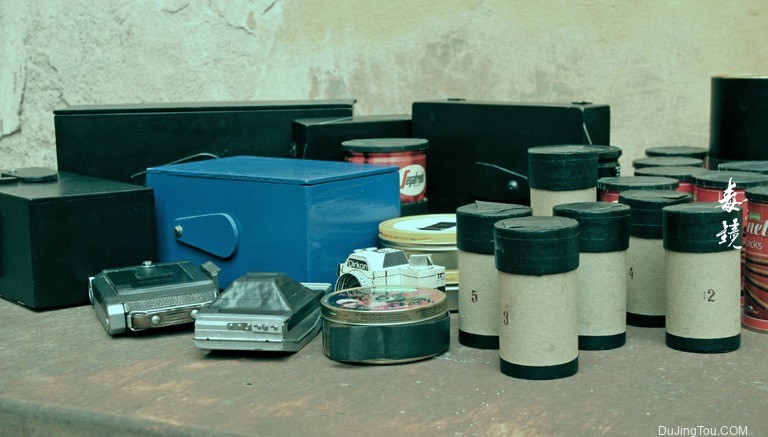
David Balihar’s Homemade Pinhole Camera [email protected]
david balihar and his pinhole camera
The pinhole camera occupies an unusual spot in its class, and not least because it doesn’t use a lens. The photographer usually designs and builds it himself, thus influencing to a considerable extent the type of photos he takes. Therefore, the needle
The construction of the hole camera is the beginning of the entire creative process and becomes an integral part of the photographer’s work.
Since 1999, david balihar has produced 46 pinhole cameras of various types, designed for different film formats. Some of them are just improvements over previous models, so I’ll only cover the ones I’m currently using and the ones that are interesting for a specific reason here.
David balihar was born in Prague, the capital of the Czech Republic, in 1972. Started a graphic studio in 1996, where I worked as a graphic designer, web designer, and occasionally photography. Our clients mainly include cultural institutions such as theatres, publishing houses, galleries, etc.
His website: https://www.pinhole.cz/
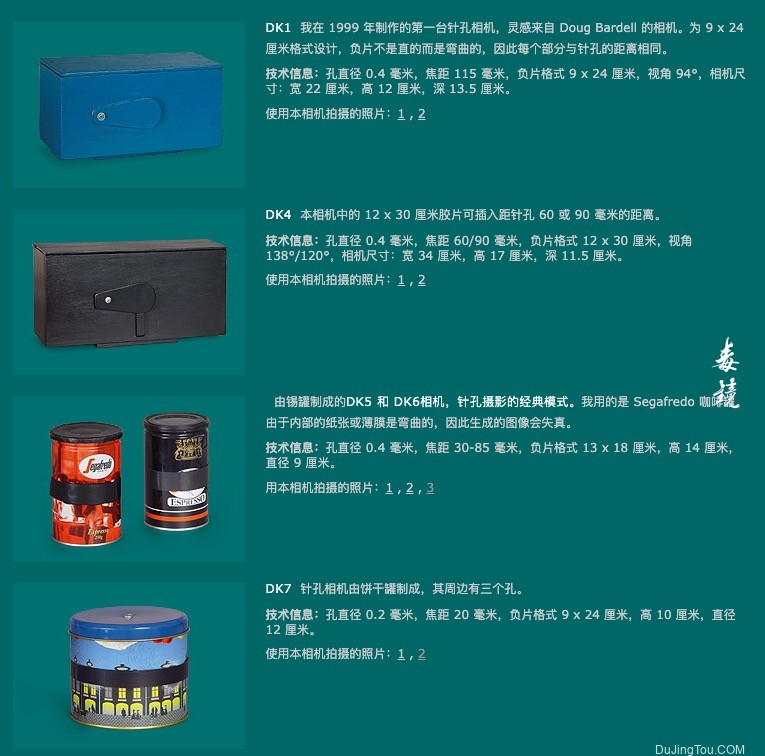
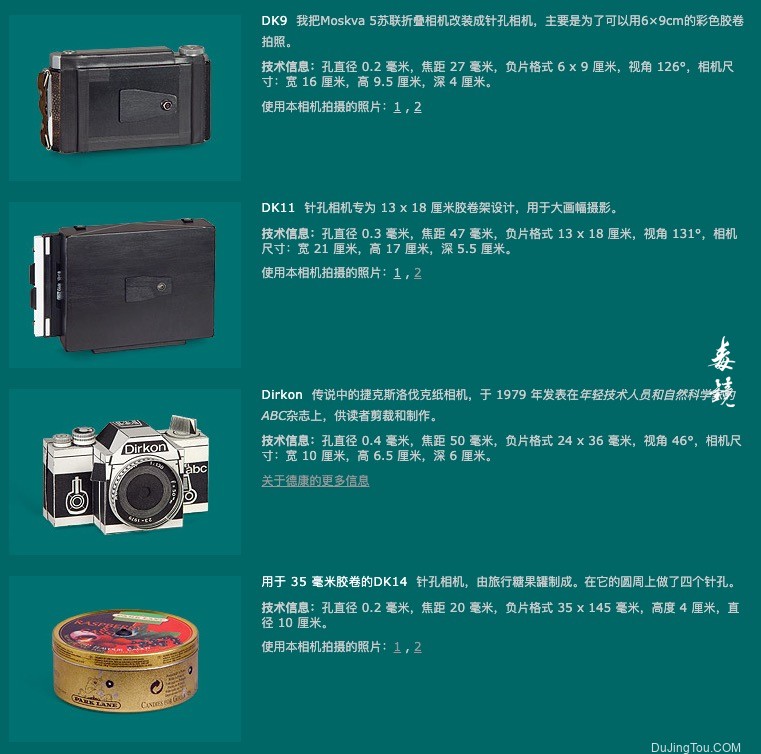
Other bizarre pinhole cameras
- Ceramic pinhole cameras (Spot the Pot)
- Pinhole cameras powered by watch movements
- “The World’s Largest Pinhole Photograph”
- A face-mounted pinhole camera
- Terrence Dinnan and Dominique Stroobant, Earth Camera, 1980
- Paolo Gioli, shell cam, 1986
- Pinhole camera inside an egg
- PinHolo, Pine nut pinhole camera
- Coconut pinhole camera (Kotama Bouabane)
- Pumpkin pinhole camera
- Eric Renner’s red pepper camera (Polish)
- Lego pinhole camera
- Pinhole in the Berlin Wall (Marcus Kaiser, 1990)
Source: https://jongrepstad.com/pinhole-photography/pinhole-photography-history-images-cameras-formulas/
Three of my favorite pinhole cameras
One is holga’s 612 medium format 120 film camera, F135, which is a domestic plastic camera. This manufacturer has produced a lot of low-cost but very interesting cameras. Another advantage of this camera is that it can be added to increase the length of the camera. The pig’s mouth is high, and the lens is converted to make a 612 snapshot machine.
The second one is from bronze. It is a wooden pinhole camera around F256. It can shoot a wide range and has good resolution. The disadvantage is that it is a little difficult to install the armor on the back, and if the workmanship can be more refined, better.
The third one is to buy an 18-degree pinhole lens and install it on the Linhafer specification quick-change adapter board, so that the commonly used 45 and 810 large format cameras can use this pinhole lens directly, here I am Switched to a simple 45 camera from frica, very convenient.
my pinhole photography
The complete work can be directly clicked on the link to download the PDF version:毒镜:为什么喜欢针孔胶片摄影PDF Download

